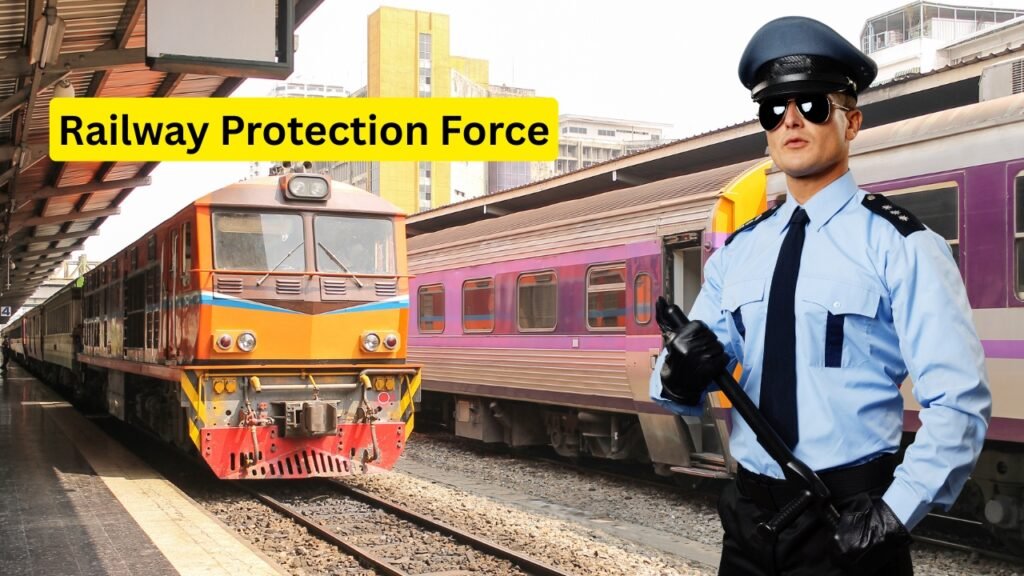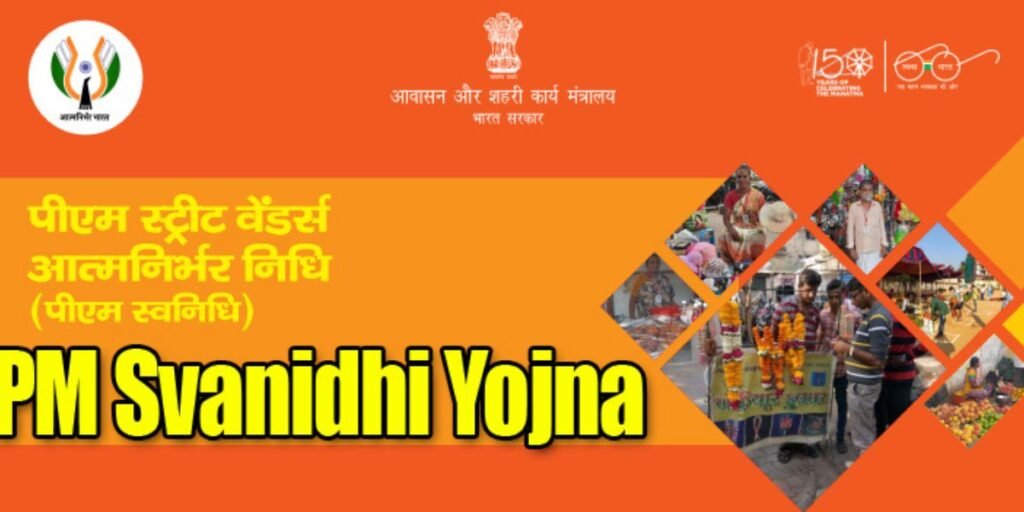
The Railway Protection Force (RPF) is a security force of India entrusted with protecting railway passengers, passenger areas and railway property of the Indian Railways. The mission of the RPF is the cooperative effort among national railways/security agencies to provide an efficient system of protection.
Keeping India’s vast and one of the largest rail networks in the world safe, orderly and free from crime scrummages along its railway lines once again seems a herculean imperative. The RPF also collaborates with other Indian Police services such as the Government Railway Police (GRP) (the state police which is responsible for keeping the local railway stations and trains in law and order within its coupled jurisdiction), to uphold law to prevent crime on railways.
Origins and Evolution of the Railway Protection Force
1) Pioneer Security Precautions in the Days of Railways
When Indian railways were first laid (mid-19th century), the security of trains and stations was local police or informal watchmen. Gradually, as the network of railways grew, and instances of robbery, trespass and sabotage increased, a need began to be felt for a specialised railway security force.
There was a “Watch & Ward” force formed for railway property, but this did not have the statutory underpinning that the TAA. Historical Background – Need for Protection of Railway Property 7: In a probe undertaken during the year 1954 by the Intelligence Bureau (Home Ministry), it was advised to constitute a single lawfully armed force to secure and protect railway property.
2) The legislative Milestone
Parliament on 29 August 1957 passed the Railway Protection Force Act, 1957, giving the force power to search, arrest without warrant in its concerned jurisdiction.
Ultimately, realising the need to convert the force into a stronger unit, the Act was amended (Act No. 60 of 1985 dated 20 September 1985), conferring new powers and renaming RPF as an “armed force of the Union.” Rules (RPF Rules, 1987) and regulations were notified to lay down the organisation/discipline/powers/procedures.
In a different stream in 1966, the Railway Property (Unlawful Possession) Act, 1966 was enacted to give powers to RPF for dealing with those offences which have an element of unlawful possession of railway property, such as removal of wagons and theft, etc.
3) Growth and Modernization
The RPF has developed in its strength, structure and potential. It now includes both male and female personnel, with women’s share being a significant chunk (highest among the central paramilitary forces, -10% by 2019). The RPF also has special forces (Railway Protection Special Force, etc.) to protect the railways in times of emergencies and at busy routes.
With the modernization of railways, such as increased speeds, electronic devices, surveillance gadgets, and high use of digital tickets, along with increasing passenger traffic in numbers, certainly RPF needs to match up its strategies and technology by training.
Organisation, Powers and Functions of the Indian Railway Protection Force Service
1) Organizational Structure & Ranks
The head of the RPF is called Director General (DG, RPF), who has a rank equivalent to a DG in CAPFs. Underneath him/her, there are the Additional Director General, Inspector General, Deputy Inspector General, etc.
The force is in the field, organized in zones, divisions, and posts which approximate to railway zones and divisions. Subordinate ranks are Sub Inspectors, Assistant Sub Inspectors, Constables, Special and Reserve cadres.
2) Powers & legal jurisdiction
The RPF has the power to arrest, investigate and prosecute crimes related to the railway property and crime under the Railway Property Act and other applicable laws on Indian Railways. It functions under the statutory coverage provided by the RPF Act, Rules and other railway laws.
Though there is an overlap: crimes (e.g., murders, thefts that do not pertain directly to railway property) committed on the premises of the railway are generally registered by GRP; RPF’s zonal jurisdiction is more specific to trespass and other railway-related crime.
3) Main Roles and Responsibilities
A limited list of significant responsibilities or functions performed by the RPF / Indian Railway Protection Force service includes:
- The prevention and detection of offences of any kind on railway property, which includes stations, trains and yards
- The protection of railway property, which includes sheds, wagons, parcel offices, goods trains and workshops
- The protection of railway passengers, particularly in more vulnerable areas of the railway
- The management of access or restricted entry onto railway premises, and the regulation of movement on railway premises within more sensitive areas of the railway
- The removal of obstructions, trespassers on the tracks, and to ensure the safe passage of trains
- The assistance of other police agencies in relation to law & order situations occurring within railway zones
- Action in emergencies, including sabotage, bomb threats, crowd control, and disasters occurring at the station
- Engagement in special operations, special anti-trafficking, child rescue, and women’s safety campaigns
- Coordination with state police, intelligence agencies, railway operations to impact management for security and railway management working together.
For example, the RPF implements actions such as Meri Saheli (for the safety of women travelers), Operation AAHT (anti-trafficking), and Nanhe Fariste (to rescue runaway or missing children) at stations.
4) Standards, training, and equipment
RPF personnel are trained in security, investigation, locality, crowd management, use of weapons and electronic as well as technologically advanced systems. With metal detectors, hand-held scanners, body-worn cameras, surveillance systems and radio communication, they are armed to deal with changing threats.
Recruitment & The Railway Protection Force Admit Card Procedure
To become a part of RPF (in Subordinate ranks as constable, sub inspector, etc), students should qualify competitive exams, physical tests (PET/PMT), document verification and medicals. An important step is the release of the purpose of the railway protection force admit card, or hall ticket for examination.
1) RPF Recruitment 2025 and Important Dates
In the recruitment cycle for Constable post (CEN RPF-02/2024), Railway Recruitment Board (RRB) has fixed CBT (Computer Based Test) from 2nd to 18th March, 2025, to fill up 4,208 vacancies.
- The admit card for the RPF Constable exam was published on 27 February 2025, i.e., four days ahead of the CBT schedule commencement date.
- Likewise, the admit card for the RPF Sub Inspector (SI) posts could be rolled out a few days before the exam date.
2) Download RPF Admit Card 2025
This is how candidates usually accessed their admit cards and it was step-by-step:
- Have a look at the Official RPF / RRB website or Portal (rpf. indianrailways. gov.in or RRB Digital portal)
- Search for a link that says: RPF Constable Admit Card 2018 or Call Letter/ E-call letter for CBT.
- Enter your details: registration number, date of birth (or password) and captcha/security code
- Once logged in, the admit card details will be on display – cross-check the details (like exam date, centre, shift timings, etc.) and download / take a print of it.
- I recommend printing it on a few sheets of blank A4 paper and keeping them for the day of your exam.
Note: Admit card is a must – without it, the candidates are generally not permitted to enter the examination hall.
3) Info usually mentioned on the admit card
Key Detail on Railway Protection Force admit card: The details to be mentioned in the RPSF admit card are as follows:
- Candidate name, father’s name
- Registration/application number, roll no.
- Date of Birth
- Date of exam, shift and reporting time
- Exam centre address
- Exam instructions (what to bring, what not to)
- Signature/photo of candidate
- Space for the invigilator’s signature
- Critical announcements (e.g., shift changes, COVID-related instructions)
All details in the IIFT Admit Card must be correct and in case there is any discrepancy (like incorrect Name or Roll Number), then it should be brought to the notice of IIFT immediately.
4) PET/PMT admit card and SI physical test admit card
PET/PMT or DV / PET rounds by the authority to pass for the next stage (Assistant Commandant) of the exam. Different admit cards or call letters are published for these rounds.
For RPF SI, for instance, the admit card papers of PET/ PST (Physical & Skill Test/ Physical Standard Test) shall be available through login at each and every official site of RRB.
Read Also: Bandhkam Kamgar Yojana | tafcop.dgtelecom.gov in
Candidates Read (Admit Card Download & Exam Day) / Tips & Best Practices
To minimize unnecessary errors and stress, candidates should:
- Do not wait till the day before: Download your admit card as soon as it is available (usually 4 – 5 days before the exam) to avoid server jams or technical glitches.
- Read all printed information carefully: Name spelling, date of birth, exam center and shift. If there are any errors, get in touch with the helpline or RRB at once.
- Obey the instructions printed on the admit card: What to carry, what is forbidden (mobile phones, calculators), dress code, etc.
- Keep a photo ID proof: Carry an original and photocopy of the admit card and one original government ID (preferably Aadhar, PAN, Voter ID, Passport, Driving License, etc.) as well.
- Maintain duplicates and digital backup: A couple of physical copies, including one that has been scanned to PDF or emailed to every relevant contact information as back-up.
- Visit Centre early: Usually, the reporting time is earlier than the exam start (some buffer). Late admittance, even with a valid admit card, can result in disqualification.
- Dress comfortably: Do not wear heavy metal accessories, large belt buckles or any items that are prohibited.
- Keep essentials ready: Admit card, ID proof, printed photo (as per requirement), more pens and the water bottle along with a face mask (as instructed).
- Re-examine the centre location beforehand: confusion won’t be welcome at the exam centre on D-day.
Walk through these processes- it will save your time and the anxiety of participating.
Identity Cards, Uniforms & Public Image of Railway Protection Force Photos
When searching for railway protection force photos, you can get, especially images that match the following type:
- Officers on station, while patrolling
- Identity photo (for admit cards, ID card, commission documents)
- Operations, outreach and duty images in action.
- Recruitment ad pictures and PR imagery
1) Uniforms and Insignia
RPF uniform is unique with camouflaged or olive green/khaki clothes that contain patches and labels, shoulder loops (epaulets), and rank pin badges. Many personnel also possess name tags, ranks and division badges. These images are distributed through official websites, recruitment brochures and training materials and reports.
2) Identity Photos
Candidate photos being considered are used in the application form and also printed on the admit card and appointment letters. These photos should be in the specified format and clarity. Any discrepancy in the photo may lead to disqualification and/or at the time of examination/ verification.
3) Publicity and Outreach
RPF keeps sharing various photographs for awareness and transparency in their campaigns (eg, “Meri Saheli”, anti-trafficking drives, crowd safety at stations, station vigil). They also serve to increase public confidence in the force, project its capacity and focus, as well as spotlight relief operations (like rescuing children and helping passengers).
In the end, these “railway protection force photos” play into both administrative identity and public image/ accountability.
Challenges, new ideas and the way forward
1) Challenges
- Large scale & linear: Rail tracks stretch thousands of kilometers across terrains and states. Ensuring uniform vigilance is tough.
- Inter-agency coordination: Coordination with GRP, state police, intelligence, etc., needs clarity of jurisdiction and cooperation.
- New threat: Cyberattacks, sabotage, terrorism, vandalism and theft all present new challenges.
- Resource limitations: In manpower, infrastructure, surveillance coverage, vehicle strength, etc.
- Volume & timeline for recruitment: Risk no delay in the timely recruitment, fair selection and issue of admit cards or conducting of the test.
- Public perception & accountability: Compliments and complaints, human rights matters; transparency in operations, etc.
2) Innovations & best practices
- Enhanced surveillance: Introduction of CCTV, body cameras, and advanced modular checking devices (metal detectors, scanners) at sensitive stations.
- Technology integration: Mobile apps, digital monitoring, tracking, and alert systems that can identify trespass or breach.
- Special drives: Meri Saheli (for women’s safety), Anti-trafficking operations (AAHT & Nanhe Fariste).
- Awareness & Outreach: Promoting passengers to report suspicious activity on helplines (Rail Madad 139), apps, and social media.
- Training & capacity building: Investing time in training is crucial for new threats, first aid during emergencies, disaster response and managing intel.
- Interagency task forces: Daily liaisons with the state police, intelligence and disaster agencies for common security.
3) Future directions
- Growing trend for AI, analytics and predictive policing to pinpoint threat areas on rail tracks
- Scaling women’s representation and expertise (coach safety, harassment reduction)..
- Time saving and continuous recruitment process, digitization of exam and admit card functions
- More transparency, redressal and public interface mechanisms
- New types of railway system (high-speed rail, metro–rail linkages and integrated transport hubs) adaptations
Conclusion
The Railway Protection Force (RPF) is a key component of India’s security establishment – protecting railway properties, ensuring the safety of passengers, and imposing law and order on one of the largest rail networks in the world that moves nearly 23 million people every day. From rudimentary “watch & ward” activities over decades, the RPF has evolved into a modern armed force to meet multifarious security exigencies.
To all such applicants who have been aspiring to be part of RPF, the railway protection force admit card 2025 is a very important milestone on their way to the stage of examination stage. Knowing the steps to download the admit card, what to check and being prepared on exam day is the right approach for a successful exam journey.
Second, photos of the railway protection force for identification purposes or to display a uniform, as the prevalence of members in communities they serve, is the official face and appearance to be projected. The Indian Railway Protection Force (RPF) service is still developing in design, response and technology to meet these requirements of the modern railway security.
FAQs about Railway Protection Force
Q1. What is the full form of RPF?
A. RPF is the short form of Railway Protection Force (the Central Security Organisation for Indian Railways).
Q2. Who heads the RPF?
A: The RPF is led by the Director General (DG) for zonal and divisional operations.
Q3. What is the core responsibility of RPF?
A. The fundamental role of RPF is to protect the railway property, safeguard passengers’ interests and prevent crime on railway premises.
Q4. And what about RPF versus GRP?
A. RPF is responsible for the securing of railway property and assets. G.R.P. (state police force) is responsible for law & order implementation in trains/stations (correct me if wrong).
Q5. What is the educational qualification for an RPF constable?
A. 10th (Matriculation) from any recognized board.
Q6. What is the maximum age limit of an RPF constable?
A. The minimum and maximum age of applicants ought to be between 18 years to 28 years, with relaxation in the same for various categories.
Q7. What is a method to download the RPF admit card?
Ans. The admit card of RPF constable / SI 2018 will be available online, on the official RPF / RRB portal; for downloading it, candidates need to log in using their registration number and DOB.
Read Also: Hamraaz Web | EHRMS Gujarat | Odisha Caste Certificate Validity

